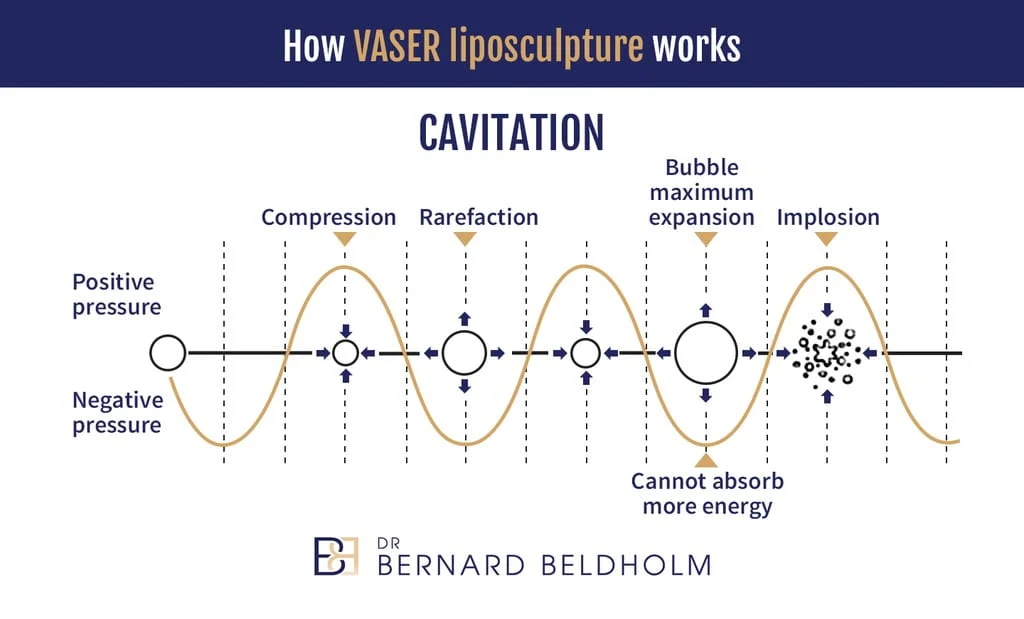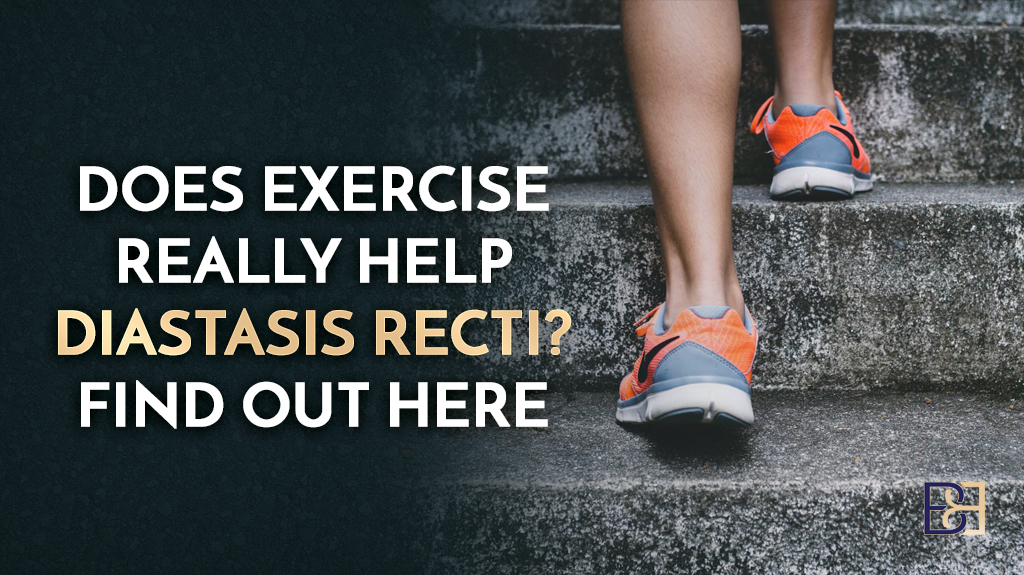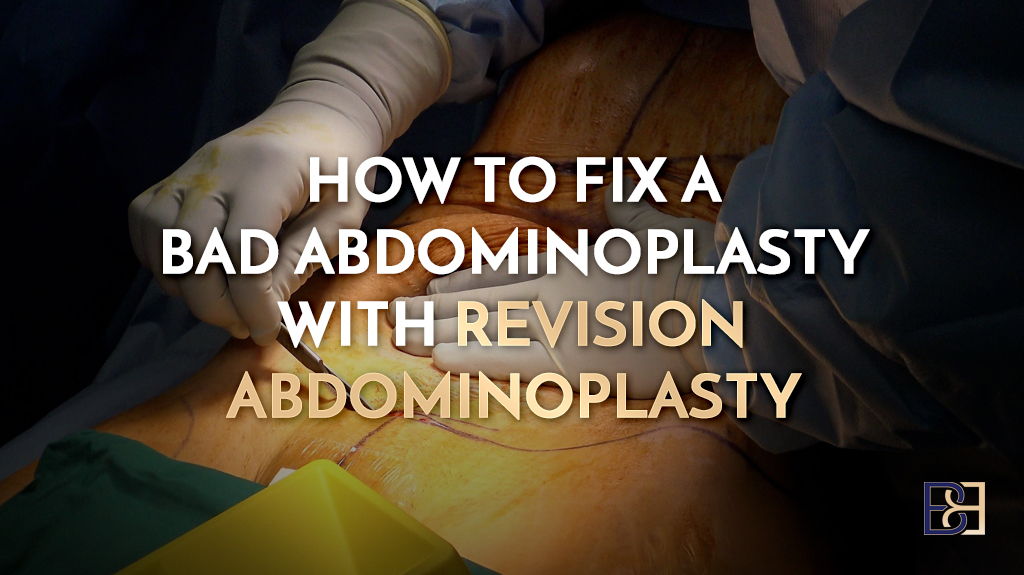Book your appointment online now
Have you heard horror stories about traditional liposuction? If you ever wished to get rid of stubborn belly fat, but are hesitant to try lipo, then VASER Liposuction may be the solution for you. VASER liposuction, also known as LipoSelection, is a third-generation liposuction technique that gives superior results with less risks compared to standard lipo.
VASER is ** for getting rid of every last bit of fat nearly anywhere on the body. It can be added to a tummy tuck, arm lift, thigh life, breast reduction or breast lift, and more. Anywhere you need to refine and melt fat, VASER can help.
This article will talk about the seven main advantages of VASER Liposuction, downtime and recovery, disadvantages, how it compares to normal liposuction, and the science behind how it works.
What is VASER Liposuction?
VASER stands for Vibration Amplification of Sound Energy at Resonance. Surgical instruments that vibrate at frequencies above 20,000 Hz are commonly referred to as ultrasonic surgical devices. VASER probes oscillate at 36,000 times per second. This extremely high frequency is ** for melting fat cells.
VASER technology allows for ** and efficient emulsification of fat under the skin, including the superficial subdermal layer. That last part is the key to why VASER gives superior results compared to traditional liposuction. The VASER probe smoothly melts fat super close to the skin’s surface, while traditional lipo crudely suctions away solid fat.
How the VASER device works

VASER eliminates body fat in a process called cavitation. Using vibration from ultrasonic waves, VASER Liposuction compresses each fat cell several times until it implodes, releasing liquified fat from inside. Think of it like popping a stubborn balloon. You have to compress and squeeze it a few times until finally it bursts. The emulsified fat is then easily removed with a cannula (tube) connected to a suction device.
VASER Liposuction vs. traditional liposuction
The VASER technique is a bit different than standard liposuction. Both eliminate fat cells, just in their own unique way. Normal liposuction relies on mechanically suctioning away solid fat, while VASER uses ultrasound waves to melt the fat cells.6 The sucking action is more ** during VASER than in normal lipo since it is removing liquified fat rather than solid fat. Evidence suggests that VASER is a ** alternative to traditional lipo. We will go into more detail on this below.
Is VASER liposuction worth the hype?
Let’s get right into it. Is VASER better than normal liposuction? In Dr. Beldholm’s opinion, VASER is the clear winner. He has been using it successfully since 2012 or so, and has found that patients have far better results using this technique compared to older liposuction techniques.
Patients love that they get smooth results with less risk of the rippling and skin defects that are associated with traditional lipo. Using VASER makes a huge difference in the results patients see, which is one reason why Dr. Beldholm loves it so much.
VASER can be added to nearly any body contouring procedure today, including a tummy tuck, body lift, breast lift or reduction, arm lift, thigh lift and more. This helps maximize surgical results and gives patients a better chance of a nice aesthetic outcome. VASER can also be used alone to remove and fine tune small pockets of body fat in stable-weight patients.
Three main reasons why VASER is better than regular lipo
There are several important differences that make the cutting-edge VASER technique far better than older liposuction devices. If you are thinking about getting liposuction, you should consider choosing VASER for the following reasons:
It removes more fat
VASER Liposuction is better at removing fat than standard liposuction. Since VASER smoothly and effectively melts fat around the probe, your surgeon remove every last trace of fat, even getting the fat that is close to the skin surface. If you want to remove the maximum amount of fat, VASER is the way to go.
Lower risk of rippling
Standard liposuction uses aggressive suction to remove solid fat, which causes more injury to the body than VASER. This increases the risk of rippling and skin defects that may compromise your aesthetic result. Meanwhile, the VASER device smoothly and evenly melts fat around the probe. Patients who choose VASER may be more like to achieve an ultra-smooth result and experience a lower risk of visible deformities compared to suction-assisted lipo.
Less bruising
Bruising after traditional liposuction always occurs right after the procedure. The bruises from standard lipo usually peak about 7-10 days later and generally disappear about 2-4 weeks afterwards.
VASER Liposuction is ** than traditional liposuction because the fat is melted before it is removed. Less suction is needed to suck out the liquified fat from your body compared to standard liposuction, which must vacuum away solid fat. Because of this, VASER typically results in less bruising.
If you are getting a tummy tuck, adding VASER to abdominoplasty has also been proven to lower complication rates.1 Using this technique allows your surgeon to get better cosmetic results with less undermining.
Choosing an experienced surgeon can further minimize bruising. It takes a specialist surgeon with experience to perform VASER Liposuction correctly. The stroke technique used in VASER is more refined than that of suction-assisted lipoplasty. VASER lipo is a dynamic technique, and the surgeon must keep the cannula in motion at all times to reduce heat buildup and prevent thermal injury.
Four more advantages of VASER
In the previous section, we talked about how VASER melts and removes fat better than standard liposuction, giving patients smoother results. But the benefits don’t end there. Read on to learn the four main benefits of the VASER method:
1. VASER targets fat exclusively
VASER is a precision device. It is tissue selective, meaning that it only targets fat cells. This helps prevent damage to nearby blood vessels, lymphatics and nerves. In body contouring, the goal is to achieve maximum results with as little trauma to the body as possible.
2. Better skin retraction
Correct application of VASER by an experienced surgeon like Dr. Beldholm can give patients the smooth, beautiful **.
VASER has been shown to optimize postoperative skin retraction.3 In a comparison study between standard liposuction and VASER, twenty female patients age 20-48 years old received both treatments on either side of the body. Researchers analyzed the difference in skin retraction for each technique using ultraviolet light. They found that VASER resulted in statistically better skin retraction in 53 percent of patients.5 VASER heats the tissue, which is likely how it creates skin retraction.
3. Reduces blood loss
In the same study, researchers found that the VASER-treated areas had a statistically significant reduction in blood loss, 26 percent less than standard liposuction.5 Naturally, this ** the ** of the procedure.
Blood loss during traditional liposuction can be considerable, but using local epinephrine can reduce the risk. In the worst case scenario, patients who experience excess blood loss after standard liposuction may require a blood transfusion, although this is uncommon.
In another study, researchers analyzed the blood content of traditional liposuction to VASER lipoplasty. They found that both hemoglobin and hematocrit values in the blood were much higher in standard liposuction.2 High hemoglobin can cause dizziness, headache, and increased bleeding and bruising, while high hematocrit levels suggest dehydration and elevated red blood cell count. Another win for VASER.
4. Ideal for fat harvesting and grafting
For patients who wish to have a fat transfer, VASER is an excellent choice. It is a useful tool for fat harvesting and grafting in many body contouring procedures. The reason is **. VASER is ideal for removing the maximum amount of fat. This fat may then be used to add volume to other body parts such as the breasts and buttocks.
Who is a good candidate for VASER Liposuction?
VASER is ** for patients who want to remove small amounts of stubborn excess body fat anywhere on the body. Dr. Beldholm uses VASER alongside many body contouring procedures, whether it be on the legs, arms, thighs, breasts, or belly.
As in standard liposuction, patients should be stable and continuously maintaining their goal weight prior to getting VASER. Neither method is a substitute for weight loss surgery.
VASER is a promising solution for those who are prone to a higher risk of rippling. Patients who have low skin elasticity can sometimes have a rippled or bumpy skin appearance after undergoing standard lipo. The more you age, the less elasticity your skin has.
VASER gives better cosmetic outcomes and smoother results regardless of age. Patients with stretch marks are also more prone to imperfect results after liposuction and should probably opt for VASER instead to lower that risk.
In Doctor Bernard’s opinion, VASER is the preferred treatment over standard lipo for patients seeking to remove small amounts of excess body fat. In his experience, he has observed that VASER removes more fat and reduces the risk of blood loss and bruising compared to traditional lipo, as we discussed earlier. Patients also typically enjoy smoother results.
Are there any drawbacks to VASER Liposuction?
VASER liposuction is the most advanced form of liposuction available today. But like many things in life, there are some things to consider. First, it takes longer to perform VASER than standard lipo (1.5 to 2 hours versus 1 hour, respectively). The procedure is also more costly because of the time involved.
That may sound like a disadvantage, but the reason it takes longer to perform is a positive one. VASER is ** on your body than normal liposuction. This technique first melts the fat before it is suctioned away, while standard lipo skips the fat-melting step and just removes the solid fat. Thus, fat removal takes more time with VASER, but it works to your benefit.
While traditional liposuction uses suction to remove fat, VASER’s ultrasonic waves take more time to gently break them down and melt adipose tissue. The stroke rate of the VASER device must be considerably slower, about half the rate of standard lipo.6 These slow, deliberate strokes deliver a less aggressive and more effective treatment. It is a more time-consuming process, but the results are well worth the extra time it takes in Dr. Beldholm’s experience.
Another possible drawback is the issue of swelling. All tummy tucks (and really, all cosmetic surgeries) result in swelling afterwards, but some studies suggest that VASER may cause slightly more swelling than standard liposuction. The reason for this is not entirely clear. Further complicating matters, research on the topic conflicts. Some studies have concluded that VASER does not result in any increased swelling at all.
The jury is still out on the issue of swelling, but there is one possible explanation. Since VASER removes more fat than standard lipo, it leaves more space under the skin for swelling to occur.
Increased swelling may sound like a big deal, but it is unlikely to make much difference to your recovery. When you have liposuction or a tummy tuck, you will always have swelling anyway. The duration of swelling after a tummy tuck with or without VASER is nearly the same.5 Much of the swelling from a tummy tuck (both with and without VASER) goes away in about six to twelve months.
So while a minor increase in swelling is possible, it is a negligible difference and will not impact your final surgical result. In fact, VASER often gives better results compared to both normal liposuction or a tummy tuck without lipo.
VASER technology was designed to make liposuction even better
VASER was created to ** on liposuction techniques of the past. This third-generation ultrasound device was engineered with ** design, efficiency, ** and recovery rates in mind.4 VASER is also smaller, lighter, and more ergonomic, making it more “user-friendly” than older devices.
The introduction of VASER meant doctors could achieve better clinical results with fewer complications than in the past. The VASER device uses ultrasonic waves to melt fat and tiny probes with a grooved tip to increase fat cell breakdown.4 Liposuction techniques of the past relied on crude mechanical removal of solid fat. Because of this, the machine uses less power to suction away the fat since it is first melted. This causes less trauma to the body.
Does VASER liposuction hurt?
Dr. Beldholm performs VASER in a private hospital under general anaesthesia, so you will not feel any pain during the procedure. Local anaesthetic is added as part of the procedure, so you will awake feeling ** right after surgery.
It is normal to experience soreness, swelling and bruising in the days following VASER. There is less bruising associated with VASER than traditional liposuction. Some patients also describe a slight stinging or burning sensation after getting VASER done. This is normal and usually resolves in a week or so.
Pain and discomfort usually peaks in the first 2-3 days after the procedure, then gradually subsides over the next few days and weeks ahead. Panadol may be used for pain management.
VASER recovery
VASER Liposuction recovery tends to be easier than traditional liposuction. As with all body contouring procedures, there will be marked swelling immediately following treatment.
Most of the swelling goes away in about six months, but you will see visible ** a few days after surgery. It is important to get adequate rest, eat well, wear loose clothing, and drink plenty of water while your body heals. Dr. Beldholm provides compression garments to his patients. ** compression reduces swelling.
Recovery time can vary depending on the area of the body treated, as well as the amount of fat removed. Choosing a specialist surgeon that is highly experienced in VASER, such as Dr. Beldholm, is a must for patients that want the most refined result possible. VASER is a wonderful technology, but the practitioner must know how to use it correctly.
Patients can resume moderate exercise in about two weeks if they only had VASER. Many return to low-impact activities after the first four days or so. Again, this varies by the amount of fat removed, the aggressiveness of the treatment and each patient’s inherent ability to heal. Naturally, more downtime should be expected if you have had other body contouring procedures at the same time as VASER.
Most patients can expect to see results in about two to four months following the procedure, although it may take six months or longer for swelling to fully subside.
VASER gives beautiful results
** in liposuction technology have made it possible to achieve smooth, refined results with minimal risk of complications using VASER. There are many advantages to VASER Liposuction over traditional liposuction. For patients seeking to remove excess fat from their belly, flanks, arms, breasts and more without any of the disadvantages of standard liposuction, VASER may be the right choice to give you ** results.
Book your appointment online now
References:
- Cucchiaro, Javier Vera, et al. “Lipoabdominoplasty with Progressive Traction Sutures.” Plastic and Reconstructive Surgery – Global Open, vol. 5, no. 6, 2017, doi:10.1097/gox.0000000000001338.
- Garcia Jr, O, and N Nathan. “Comparative Analysis of Blood Loss in Suction-Assisted Lipoplasty and Third-Generation Internal Ultrasound-Assisted Lipoplasty.” Aesthetic Surgery Journal, vol. 28, no. 4, 2008, pp. 430–435., doi:10.1016/j.asj.2008.04.002.
- Hoyos, Alfredo E., and John A. Millard. “VASER-Assisted High-Definition Liposuction.” Aesthetic Surgery Journal, vol. 27, no. 6, 1 Nov. 2007, pp. 594–604.
- Jewell, M. “Clinical Application of VASER-Assisted Lipoplasty: A Pilot Clinical Study.” Aesthetic Surgery Journal, vol. 22, no. 2, 2002, pp. 131–146., doi:10.1067/maj.2002.123377.
- Nagy, Michael W., and Paul F. Vanek. “A Multicenter, Prospective, Randomized, Single-Blind, Controlled Clinical Trial Comparing VASER-Assisted Lipoplasty and Suction-Assisted Lipoplasty.” Plastic and Reconstructive Surgery, vol. 129, no. 4, 2012, doi:10.1097/prs.0b013e3182442274.
- Rohrich, Rod J., et al. “Extending the Role of Liposuction in Body Contouring with Ultrasound-Assisted Liposuction.” Plastic & Reconstructive Surgery, vol. 101, no. 4, 1998, pp. 1090–1102., doi:10.1097/00006534-199804040-00033.




